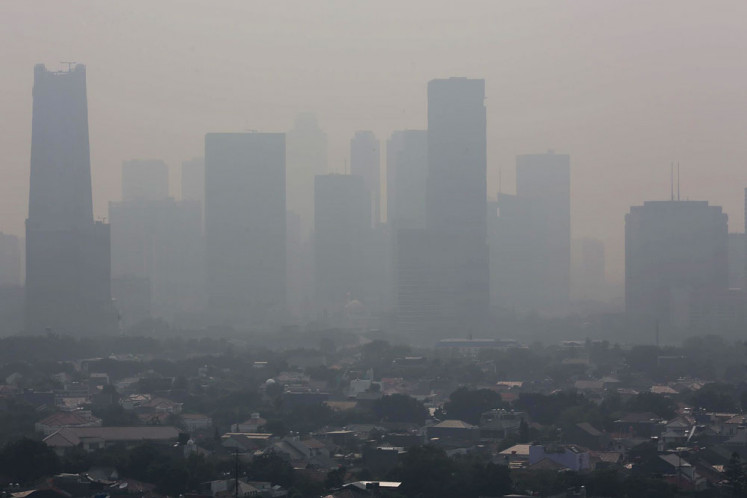As the sun rises over Jakarta, it is obscured by what appears to be a thick haze surrounds the air. People continue about their day, commuting to work, attending school, unaware of the invisible poison entering their lungs with each breath they take. As they continue to inhale over time, cardiovascular and respiratory ailments begin to emerge. Persistent coughs, yellow mucus, and eye irritation are commonplace in such cities. Eventually, devastating chronic diseases ravage the bodies of those who breath this tainted air on a daily basis. 
This scenario isn’t unique to Jakarta. In many major Southeast Asian cities, the quality of air ranks near dead last in the world. This has several negative implications. Hazardous air quality affects vulnerable populations such as the elderly, lack of visibility can affect traffic, and the blocking of the sun greatly reduces agricultural yield. The economic stress from rising healthcare costs, as well as lost productivity from air-pollution impacts the global economy on a greater scale.
In order to explore potential solutions, we must first understand what causes this air pollution. CO2 emissions from rapid industrialization has intensified ozone formation leading to higher temperatures. Taking into consideration the significant populations of these major cities, copious amounts of CO2 is being emitted everyday. Furthermore, lack of rainfall during dry months lead to stagnant air conditions. Since contaminants aren’t being washed away, the amount of particulate matter in the air increases.
To combat decreasing air quality, city officials have begun to take emergency measures to reduce the amount of pollution. Jakarta recently shut down a factory determined to be a major cause of pollution. In August of 2023, a work from home order was issued to try to improve air quality. In areas such as the Philippines, items such as masks and respirators have been implemented as a means to protect respiratory health.
In the long-term, drastic measures need to be taken to reduce air pollution in Southeast Asia. The carbon emissions from these cities causes an increase in global warming, leading to increased water levels. As an area surrounded by the sea, Southeast Asia is prone to land loss and damage from these elevated levels. To combat this, policies limiting the daily operating hours of offices and factories could prove useful in limiting carbon emissions. Furthermore, an emphasis on public transportation or biking would decrease the pollutants from idle cars in traffic.
In conclusion, the air pollution crisis in Southeast Asia is an issue which requires immediate attention. The concerning amount of air pollution not only affects the public health, but it also has greater implications on global stability. It is crucial for governments to step in to reduce pollutants in order to create a safer world.
